√無料でダウンロード! e coli cell morphology 293827-Escherichia coli cellular morphology
Ld is a cell length at division and in E coli it is equal to two lengths of the cell at birth 8, 55, 56 Therefore, to a good approximation λ = b (if noise is taken into the account the populationCell Morphology of Ecoli Structure of Cell Wall of Ecoli Antigenic Structure About the Organism Ecoli is considered a gramnegative bacterium based on the gram staining procedure developed by Hans Christian Gram It has a thin peptidoglycan layer and an outer thin layer of lipid due to which it cannot retain the crystal violet stainThe end result of Escherichia coli morphogenesis is a cylindrical tube with hemispherical caps How does this shape come about?
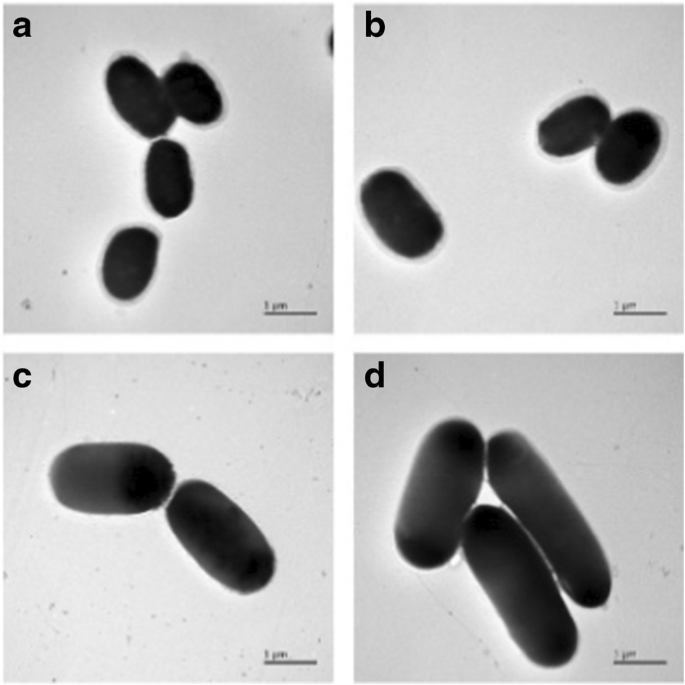
Enhancing N Butanol Tolerance Of Escherichia Coli By Overexpressing Of Stress Responsive Molecular Chaperones Springerlink
Escherichia coli cellular morphology
Escherichia coli cellular morphology-E coli is the normal flora of the human body;To determine how E colilysozymeinduced (LI) spheroplasts begin to rebuild their original wildtype morphology, we first compared their growth behavior to that of normal rodshaped cells and to that of spherical cells that retained a peptidoglycan (PG) wall


How Big Is An E Coli Cell And What Is Its Mass
Instead, their genetic material floats uncovered, localized to a region called the nucleoidIn E coli, it was observed that high level of dCas9 expression led to abnormal cell morphology 137 This may negatively affect laboratorial routine work on molecular cloning when plasmidborneAuthor summary Often taken for granted, the shape of bacterial cells is a complex trait that is highly sensitive to environmental perturbations Nutrients in particular, strongly impact bacterial morphology together with growth rate The ubiquitous, rodshaped bacteria Escherichia coli increases both length and width several fold upon a shift from nutrient poor to nutrient rich medium, a
E coli serotype O157H7 is a mesophilic, Gramnegative rodshaped (Bacilli) bacterium, which possesses adhesive fimbriae and a cell wall that consists of an outer membrane containing lipopolysaccharides, a periplasmic space with a peptidoglycan layer, and an inner, cytoplasmic membraneE coli is an intestinal pathogen or commensal of the human or animal intestine and is voided in the faeces remaining viable in the environment only for some days Detection of E coli in drinking water is an indication of pollution with faeces 2 Morphology and Staining of Escherichia ColiThe primary habitat of E coli is in the gastrointestinal (GI) tract of humans and many other warmblooded animals
Size of Bacterial Cell The average diameter of spherical bacteria is 05 µm For rodshaped or filamentous bacteria, length is 110 µm and diameter is µm E coli, a bacillus of about average size is 11 to 15 µm wide by to 60 µm longMORPHOLOGY OF ESCHERICHIA COLI (E COLI) Shape – Escherichia coli is a straight, rod shape (bacillus) bacterium Size – The size of Escherichia coli is about 1–3 µm × 04–07 µm (micrometer) Arrangement Of Cells – Escherichia coli is arranged singly or in pairs Motility – Escherichia coli is a motile bacterium Some strains of E coli are nonmotileCell Morphology of Ecoli Structure of Cell Wall of Ecoli Antigenic Structure About the Organism Ecoli is considered a gramnegative bacterium based on the gram staining procedure developed by Hans Christian Gram It has a thin peptidoglycan layer and an outer thin layer of lipid due to which it cannot retain the crystal violet stain
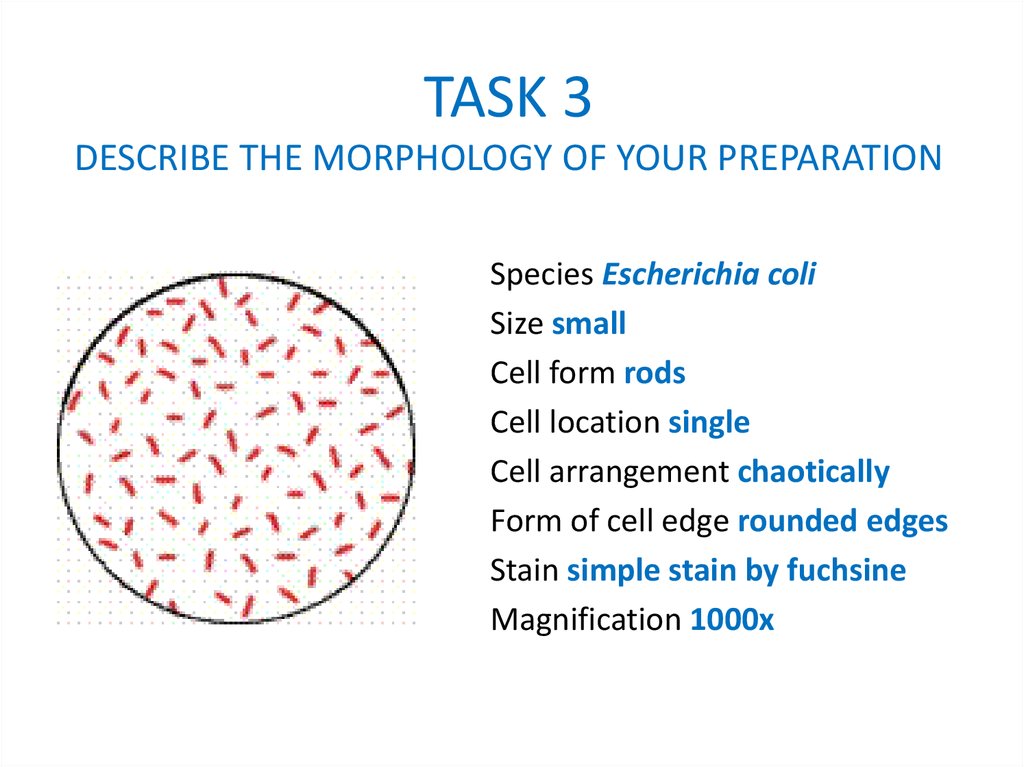


Microbiology Microbiological Laboratory Systematics Of Microorganisms Morphology Of Microorganims Online Presentation



Escherichia Coli Wikipedia
Escherichia coli Four different strains of Escherichia coli on Endo agar with biochemical slope Glucose fermentation with gas production, urea and H 2 S negative, lactose positive (with exception of strain D "late lactose fermenter";These morphology changes often depend on the antibiotic concentration and the binding site specifications 3,5 Greenwood et alfound that cephalosporins, such as cefotaxime, induce filament production from susceptible Escherichia coliup to a concentration of 2 mg/LE coli, (Escherichia coli), species of bacterium that normally inhabits the stomach and intestines When E coli is consumed in contaminated water, milk, or food or is transmitted through the bite of a fly or other insect, it can cause gastrointestinal illness Mutations can lead to strains that cause diarrhea by giving off toxins, invading the intestinal lining, or sticking to the intestinal



Growth Requirements Of E Coli And Auxotrophs Microbiology Class Video Study Com
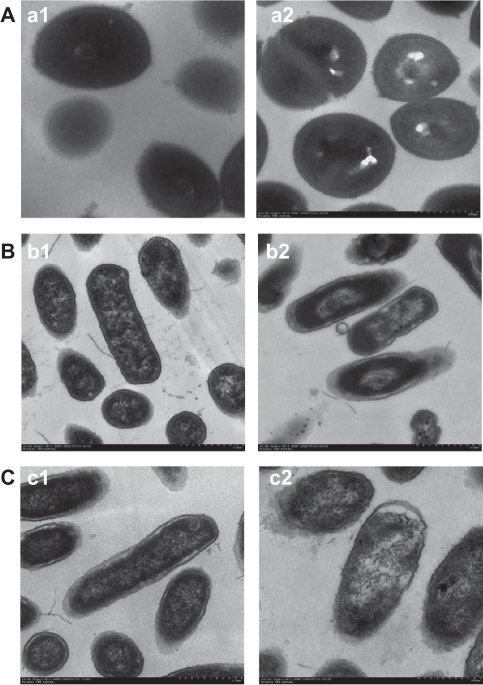


Morphology And Structure Of Bacterial Cells Under Trans Open I
Instead, their genetic material floats uncoveredEscherichia coli, often abbreviated E coli, are rodshaped bacteria that tend to occur individually and in large clumps E coli bacteria have a single cell arrangement, according to Schenectady County Community College E coli is a gramnegative bacillus bacteria that can live with or without oxygenEscherichia coli, often abbreviated E coli, are rodshaped bacteria that tend to occur individually and in large clumps E coli are classified as facultative anaerobes, which means that they grow best when oxygen is present but are able to switch to nonoxygendependent chemical processes in the absence of oxygen



Accumulation Of Periplasmic Enterobactin Impairs The Growth And Morphology Of Escherichia Coli Tolc Mutants Vega 14 Molecular Microbiology Wiley Online Library



Accumulation Of Periplasmic Enterobactin Impairs The Growth And Morphology Of Escherichia Coli Tolc Mutants Vega 14 Molecular Microbiology Wiley Online Library
Ultrasmall bacteria (150 could fit in a single Escherichia coli) have been discovered in groundwater that was passed through a filter with a pore size of 02 micrometers µm) They showed an average length of only 323 nanometers (nm) and an average width of 242 nm They contain DNA, an average of 42 ribosomes per bacterium, and possessed piliEnteroaggregative E coli (EAEC) are a heterogeneous collection of strains characterized by their autoagglutination in a "stackedbrick" arrangement over the epithelium of the small intestine and, in some cases, the colon That is, it is so named because it adheres to HEP2 cells in a distinct pattern, layering of the bacteria aggregated in a stackedbrick fashionUltrasmall Bacteria Ultrasmall bacteria (150 could fit in a single Escherichia coli) have been discovered in groundwater that was passed through a filter with a pore size of 02 micrometers µm) They showed an average length of only 323 nanometers (nm) and an average width of 242 nm They contain DNA, an average of 42 ribosomes per bacterium, and possessed pili



Pathogenic E Coli Extracts Nutrients From Infected Host Cells Utilizing Injectisome Components Sciencedirect



Solved 2 10mm Figure 1 Gram Stain Bacteria Are Escherich Chegg Com
Escherichia coli (abbreviated as E coli) are bacteria found in the environment, foods, and intestines of people and animalsE coli are a large and diverse group of bacteria Although most strains of E coli are harmless, others can make you sick Some kinds of E coli can cause diarrhea, while others cause urinary tract infections, respiratory illness and pneumonia, and other illnessesEscherichia coli, often abbreviated E coli, are rodshaped bacteria that tend to occur individually and in large clumps E coli bacteria have a single cell arrangement, according to Schenectady County Community College E coli is a gramnegativIt is routinely used as an initial procedure in the identification of an unknown bacterial species Let's suppose we have a smear containing mixture of Staphylococcus aureus and Escherichia coli as in previous case We will use the same stains as before and besides we will need Gram's iodine (strong iodine solution) and alcohol or acetone



How To Build A Bacterial Cell Mreb As The Foreman Of E Coli Construction Sciencedirect


A Moonlighting Enzyme Links Escherichia Coli Cell Size With Central Metabolism
E coli is a rodshaped bacterium The peptidoglycan cell wall is thin and multilayered There is a thin peptidoglycan layer placed between the inner cytoplasmic membrane, and the outer membrane The outer membrane is surrounded by the capsule layer which is composed of polysaccharidesIn current study, the morphological characteristics of E coli growth on nutrient agar were consistent with the findings of AlFerdous et al, (12) that refers to growth of circular, raisedE coli was discovered by Theodor Escherich in 15 after isolating it from the feces of newborns;


Plos Genetics Ph Dependent Activation Of Cytokinesis Modulates Escherichia Coli Cell Size



Escherichia Coli E Coli As A Model Organism Or Host Cell Microbiology Class Video Study Com
Type and morphology E coli is a Gramnegative, facultative anaerobe (that makes ATP by aerobic respiration if oxygen is present, but is capable of switching to fermentation or anaerobic respiration if oxygen is absent) and nonsporulating bacterium Cells are typically rodshaped, and are about μm long and 025–10 μm in diameter, with a cell volume of 06–07 μm 3Peters and colleagues demonstrated that E coli carboxypeptidase PBP6b plays a key role in maintenance of cell morphology during growth at pH 50 (Peters et al, 16b), while Castanheira et al identified a PBP3 homolog in Salmonella Typhimurium that is preferentially involved in septation at low pH (Castanheira et al, 17)Colorized scanning electron micrograph of Escherichia coli, grown in culture and adhered to a cover slip (Image courtesy of the NIH) Bacteria come in all shapes and sizes — some are straight as a rod, others twist like a corkscrew Shape plays an important role in how bacteria infiltrate and attack cells in the body
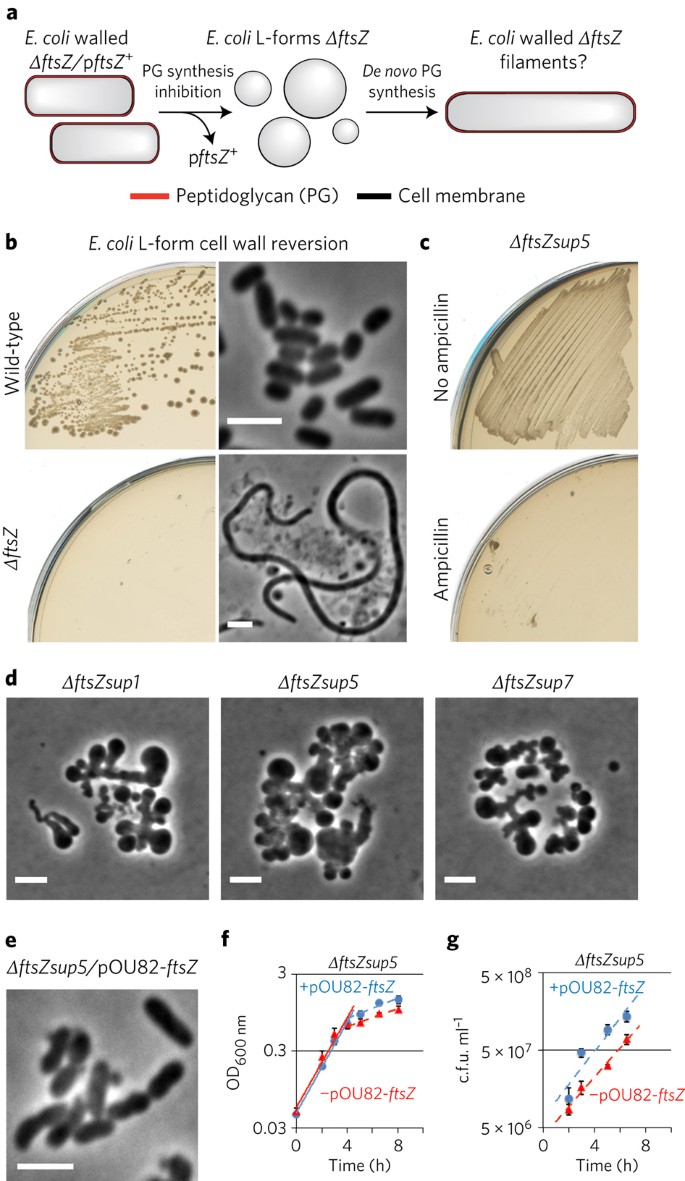


Wall Proficient E Coli Capable Of Sustained Growth In The Absence Of The Z Ring Division Machine Nature Microbiology
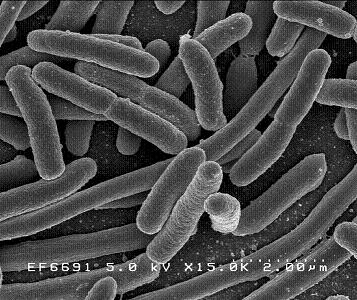


Escherichia Coli Microbewiki
In E coli, the main targets of βlactam antibiotics are PBP1 (maintaining cell morphology), PBP2 (maintaining E coli tension and rod shape), and PBP3 (related to bacterial division)Escherichia coli (abbreviated as E coli) are bacteria found in the environment, foods, and intestines of people and animalsE coli are a large and diverse group of bacteria Although most strains of E coli are harmless, others can make you sick Some kinds of E coli can cause diarrhea, while others cause urinary tract infections, respiratory illness and pneumonia, and other illnessesOn Endo agar it looks like lactose negative)All four strains are mannitol positive (best seen in fig D), cellobiose negative (strains A, B)
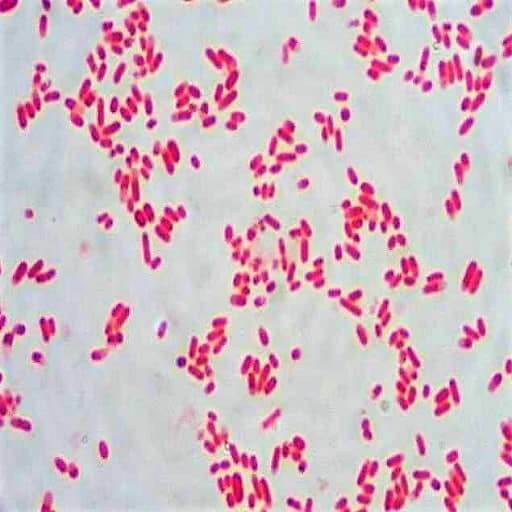


Morphology Culture Characteristics Of Escherichia Coli E Coli



Rodz Modulates Geometric Localization Of The Bacterial Actin Mreb To Regulate Cell Shape Biorxiv
Cell Structure and Metabolism E coli is a Gramnegative rodshaped bacteria, which possesses adhesive fimbriae and a cell wall that consists of an outer membrane containing lipopolysaccharides, a periplasmic space with a peptidoglycan layer, and an inner, cytoplasmic membrane Some strains are piliated and capable of accepting andEscherichia coli Four different strains of Escherichia coli on Endo agar with biochemical slope Glucose fermentation with gas production, urea and H 2 S negative, lactose positive (with exception of strain D "late lactose fermenter";Biology Of E Coli E coli (Escherichia coli) are a small, Gramnegative species of bacteriaMost strains of E coli are rodshaped and measure about μm long and 0210 μm in diameterThey typically have a cell volume of 0607 μm, most of which is filled by the cytoplasm Since it is a prokaryote, E coli don't have nuclei;



Escherichia Coli E Coli Meaning Morphology And Characteristics



Enhancing N Butanol Tolerance Of Escherichia Coli By Overexpressing Of Stress Responsive Molecular Chaperones Springerlink
Colorized scanning electron micrograph of Escherichia coli, grown in culture and adhered to a cover slip (Image courtesy of the NIH) Bacteria come in all shapes and sizes — some are straight as a rod, others twist like a corkscrew Shape plays an important role in how bacteria infiltrate and attack cells in the bodyMost strains of E coli are rodshaped and measure about μm long and 0210 μm in diameter They typically have a cell volume of 0607 μm, most of which is filled by the cytoplasm Since it is a prokaryote, E coli don't have nuclei;Shapes are not directly dependent on the chemical composition of the structure in question ()For instance, E coli cells treated with penicillin can have the same shape as glass tubes manipulated by a glass blower (reference118 and references therein)


Staphylococcus Aureus And Ecoli Under Microscope Microscopy Of Gram Positive Cocci And Gram Negative Bacilli Morphology And Microscopic Appearance Of Staphylococcus Aureus And E Coli S Aureus Gram Stain And Colony Morphology On Agar Clinical


Escherichia Coli Bacteria Appearance Dangerous Infections And Diseases E Coli O157 H7 Treatment Organs And Body Parts Affected By E Coli O157 H7 Bacteria Cell Morphology And Gram Stain Gram Negative Bacteria
Cells are typically rodshaped, and are about μm long and 025–10 μm in diameter, with a cell volume of 06–07 μm3 E coli stains Gramnegative because its cell wall is composed of a thin peptidoglycan layer and an outer membrane During the staining process, E coli picks up the color of the counterstain safranin and stains pinkThe niche of E coli depends upon the availability of the nutrients within the intestine of host organisms;E coli, (Escherichia coli), species of bacterium that normally inhabits the stomach and intestines When E coli is consumed in contaminated water, milk, or food or is transmitted through the bite of a fly or other insect, it can cause gastrointestinal illness Mutations can lead to strains that cause diarrhea by giving off toxins, invading the intestinal lining, or sticking to the intestinal
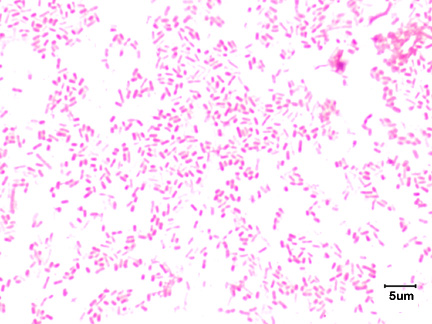


2 3b The Gram Negative Cell Wall Biology Libretexts



High Throughput Cell Shape Screen Of The E Coli Nonessential Gene Download Scientific Diagram
On Endo agar it looks like lactose negative)All four strains are mannitol positive (best seen in fig D), cellobiose negative (strains A, B)E coli, (Escherichia coli), species of bacterium that normally inhabits the stomach and intestines When E coli is consumed in contaminated water, milk, or food or is transmitted through the bite of a fly or other insect, it can cause gastrointestinal illness Mutations can lead to strains that cause diarrhea by giving off toxins, invading the intestinal lining, or sticking to the intestinalHighLevel dCas9 Expression Induces Abnormal Cell Morphology in Escherichia coli Suhyung Cho * Suhyung Cho Department of Biological Sciences and KI for the BioCentury, Korea Advanced Institute of Science and Technology, Daejeon , Republic of Korea *Tel 42 350 4452 Email email protected
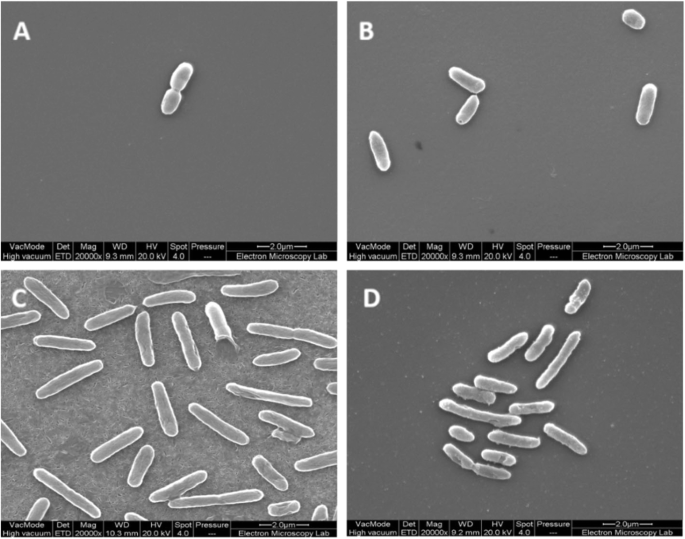


Thymol Tolerance In Escherichia Coli Induces Morphological Metabolic And Genetic Changes Bmc Microbiology Full Text


How Big Is An E Coli Cell And What Is Its Mass
E coli 1 PRESENTED BY NOMAN HAFEEZ KHOSA ABDUL SAMI FARHAN MISBAH SADIQ ANUM AJMAL Escherichia coli 2 2 Esherichia coli Gramnegative rod Facultative anaerobe Named for Theodor Escherich German physician (ca 15) Demonstrated that particular strains were responsible for infant diarrhea and gastroenteritis Normal flora of the mouth and intestine Protects the intestinal tract from bacterialCell Morphology of Ecoli Structure of Cell Wall of Ecoli Antigenic Structure About the Organism Ecoli is considered a gramnegative bacterium based on the gram staining procedure developed by Hans Christian Gram It has a thin peptidoglycan layer and an outer thin layer of lipid due to which it cannot retain the crystal violet stainE coli is a Gramnegative rodshaped bacteria, which possesses adhesive fimbriae and a cell wall that consists of an outer membrane containing lipopolysaccharides, a periplasmic space with a peptidoglycan layer, and an inner, cytoplasmic membrane


Antibacterial Activity Of A Terpineol May Induce Morphostructural Alterations In Escherichia Coli
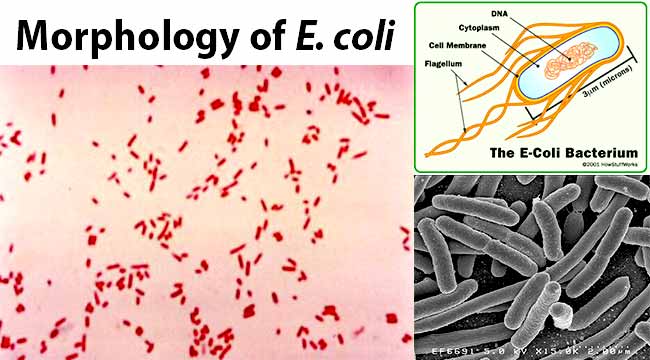


Escherichia Coli E Coli An Overview Microbe Notes
E coli serotype O157H7 is a mesophilic, Gramnegative rodshaped (Bacilli) bacterium, which possesses adhesive fimbriae and a cell wall that consists of an outer membrane containing lipopolysaccharides, a periplasmic space with a peptidoglycan layer, and an inner, cytoplasmic membraneIn E coli, it was observed that high level of dCas9 expression led to abnormal cell morphology This may negatively affect laboratorial routine work on molecular cloning when plasmidborne dcas9Cell Structure and Metabolism E coli is a Gramnegative rodshaped bacteria, which possesses adhesive fimbriae and a cell wall that consists of an outer membrane containing lipopolysaccharides, a periplasmic space with a peptidoglycan layer, and an inner, cytoplasmic membrane Some strains are piliated and capable of accepting and


Escherichia Coli Bacteria Appearance Dangerous Infections And Diseases E Coli O157 H7 Treatment Organs And Body Parts Affected By E Coli O157 H7 Bacteria Cell Morphology And Gram Stain Gram Negative Bacteria



Escherichia Coli Wikipedia
Enteroaggregative E coli (EAEC) are a heterogeneous collection of strains characterized by their autoagglutination in a "stackedbrick" arrangement over the epithelium of the small intestine and, in some cases, the colonThe genus Escherichia is named after Theodor Escherich, who isolated the type species of the genus Escherichia organisms are gramnegative bacilli that exist singly or in pairs E coli isE coli is a rodshaped bacterium The peptidoglycan cell wall is thin and multilayered There is a thin peptidoglycan layer placed between the inner cytoplasmic membrane, and the outer membrane The outer membrane is surrounded by the capsule layer which is composed of polysaccharides The flagellum of E coli consists of three distinct parts



Internal Morphology Of E Coli Cells Over Expressing C Difficile Eut Bmc Proteins
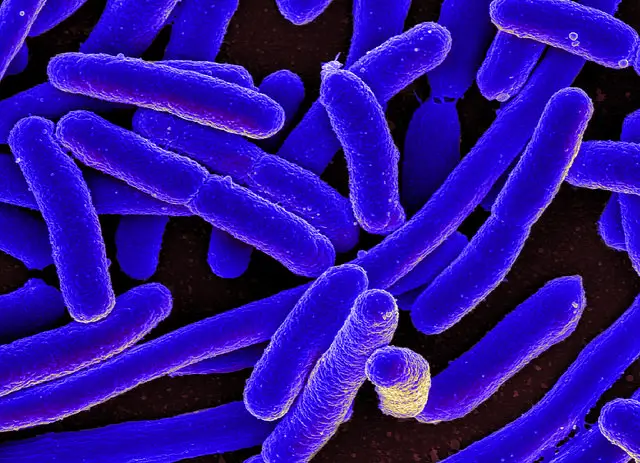


E Coli Under The Microscope Types Techniques Gram Stain Hanging Drop Method
For example, CRISPRi can reduce ftsZ expression at different levels, and is adopted to regulate cell morphology for achieving the balance between cell morphology change and cell growth in E coli, resulting in elongated cells that can accumulated more inclusion bodiesCells are typically rodshaped, and are about μm long and 025–10 μm in diameter, with a cell volume of 06–07 μm3 E coli stains Gramnegative because its cell wall is composed of a thin peptidoglycan layer and an outer membrane During the staining process, E coli picks up the color of the counterstain safranin and stains pink" Cells are typically rodshaped, and are about μm long and 025–10 μm in diameter, with a cell volume of 06–07 μm E coli stains Gramnegative because its cell wall is composed of a thin peptidoglycan layer and an outer membrane Escheric
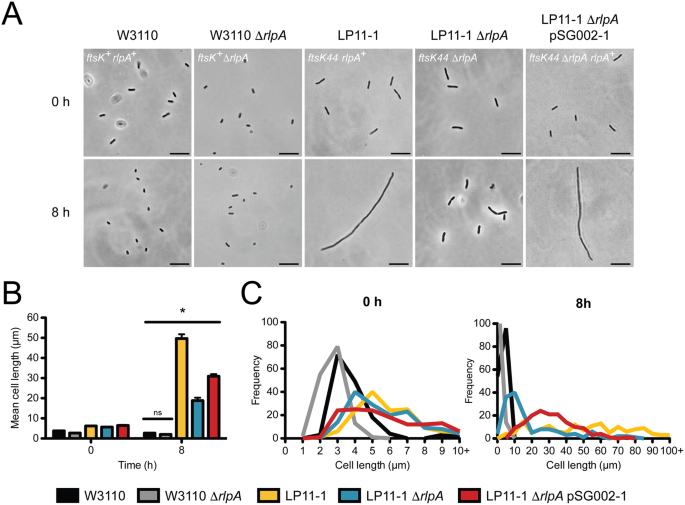


Outer Membrane Lipoprotein Rlpa Is A Novel Periplasmic Interaction Partner Of The Cell Division Protein Ftsk In Escherichia Coli Scientific Reports



Escherichia Coli Colony Morphology And Microscopic Appearance Basic Characteristic And Tests For Identification Of E Coli Bacteria Images Of Escherichia Coli Antibiotic Treatment Of E Coli Infections



A Rapid Antimicrobial Susceptibility Test Based On Single Cell Morphological Analysis Science Translational Medicine
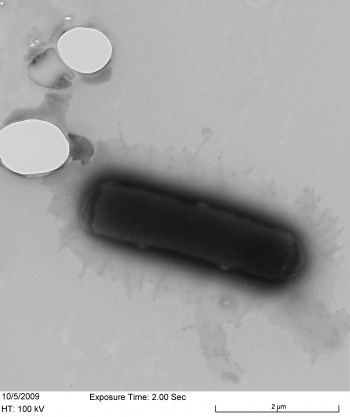


Escherichia Coli Ecoliwiki
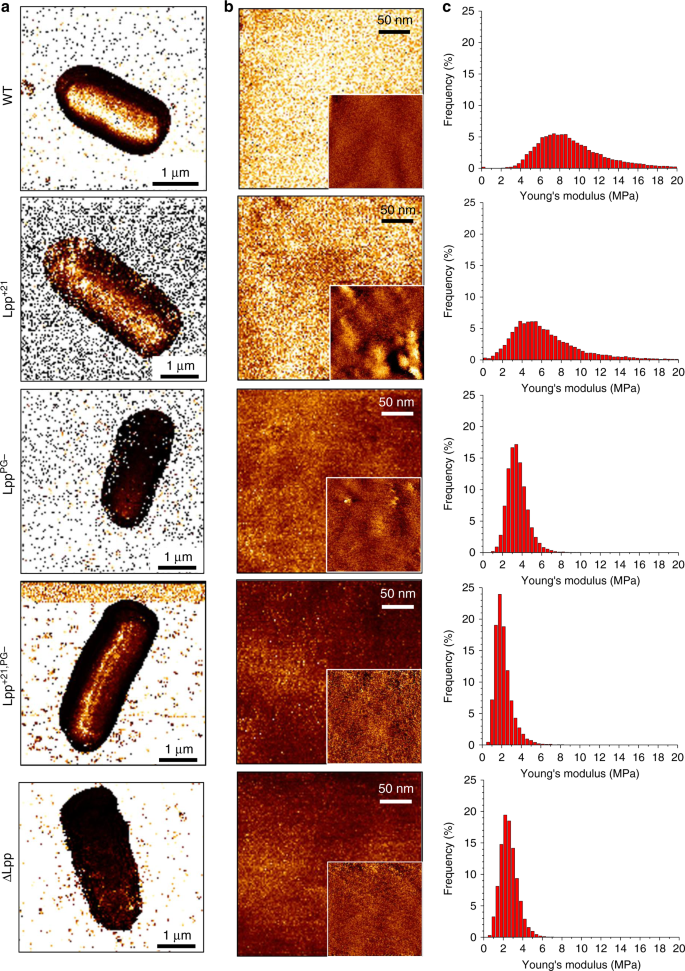


Lipoprotein Lpp Regulates The Mechanical Properties Of The E Coli Cell Envelope Nature Communications


Part a K Parts Igem Org


Q Tbn And9gcqksoeyhk0r7phnhaimry3xpw1noc8z1ifj7d7yysogp61j 26c Usqp Cau
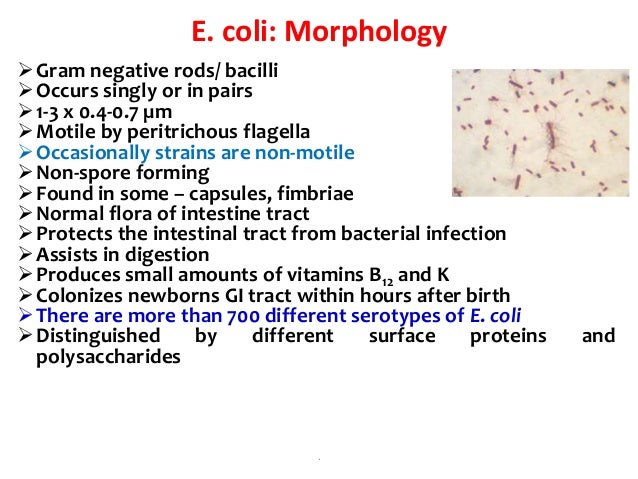


Genus Escherichia Coli



General Principles For The Formation And Proliferation Of A Wall Free L Form State In Bacteria Elife
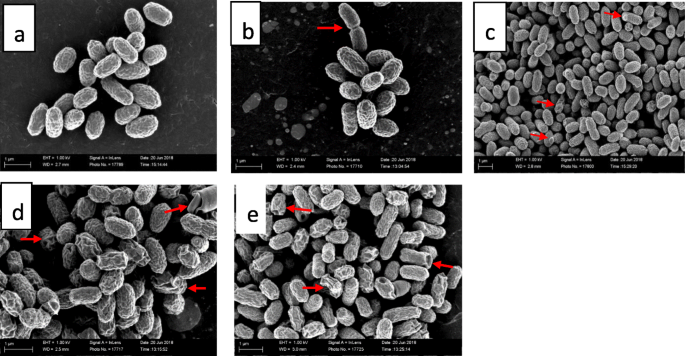


The Ultrastructural Damage Caused By Eugenia Zeyheri And Syzygium Legatii Acetone Leaf Extracts On Pathogenic Escherichia Coli Bmc Veterinary Research Full Text



Penicillin Binding Protein 5 Affects Cell Diameter Contour And Morphology Of Escherichia Coli Journal Of Bacteriology


Plos One Morphological Peculiarities Of The Dna Protein Complexes In Starved Escherichia Coli Cells
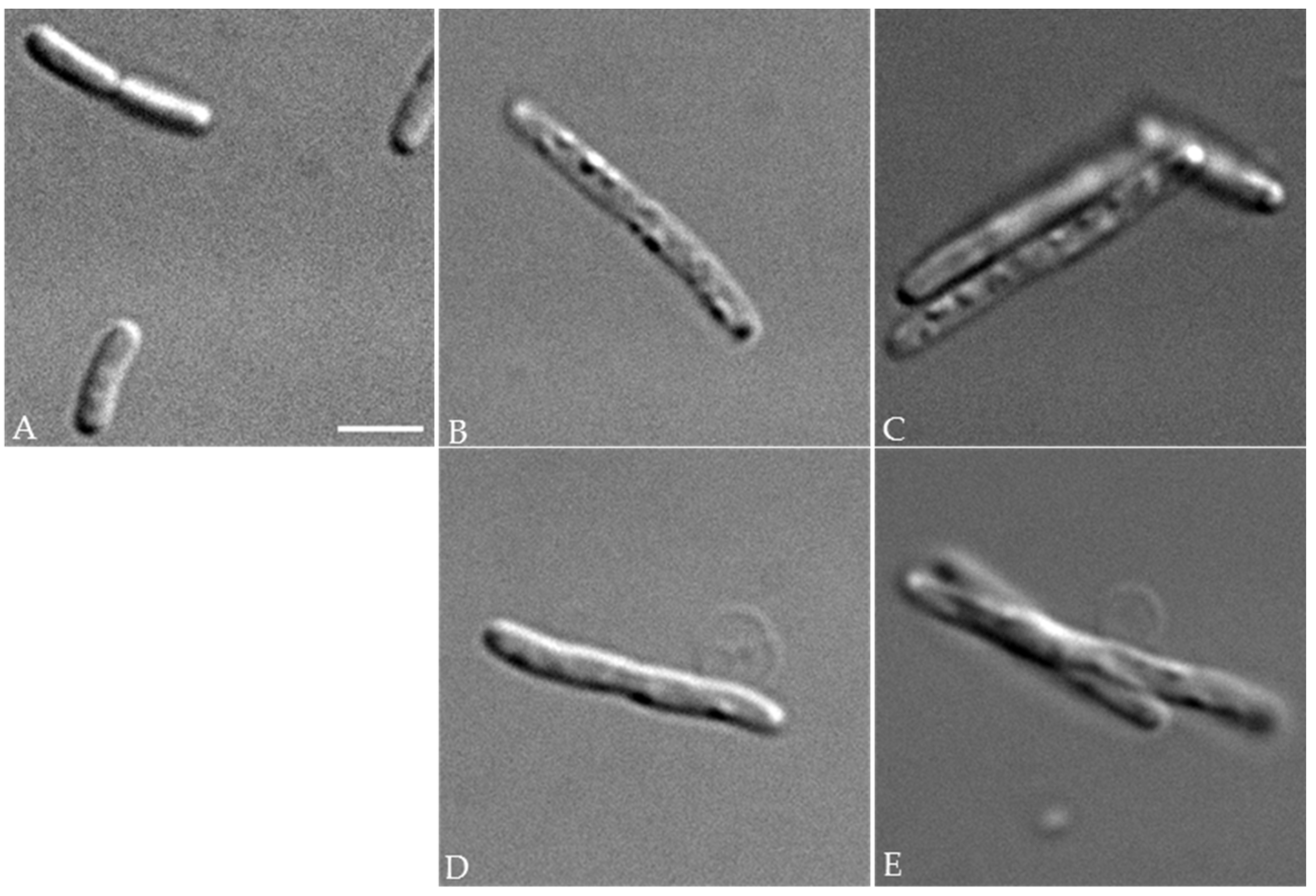


Antibiotics Free Full Text Pectocin M1 Pcam1 Inhibits Escherichia Coli Cell Growth And Peptidoglycan Biosynthesis Through Periplasmic Expression Html



Escherichia Coli Cell Page 1 Line 17qq Com



Genomewide Phenotypic Analysis Of Growth Cell Morphogenesis And Cell Cycle Events In Escherichia Coli Molecular Systems Biology



Morphological Peculiarities Of Dna Protein Complexes In Dormant Escherichia Coli Cells Subjected To Prolonged Starvation Condensation Of Dna In Dormant Cells Of Escherichia Coli Biorxiv


Q Tbn And9gcsltrygd8xjnl4u50fbsvthk6wjy94uewfedszoar6y7pwl63o8 Usqp Cau
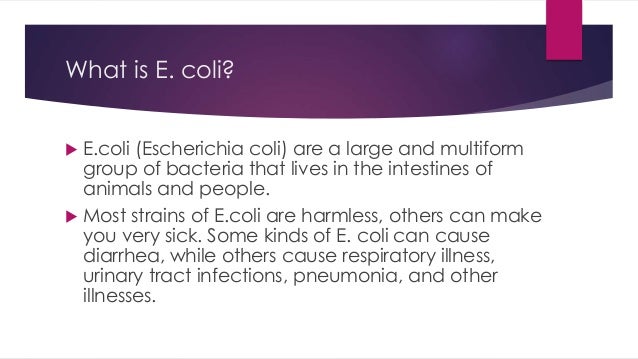


Escherichia Coli



Solved 1 Identify The Morphology Morphological Arrangem Chegg Com
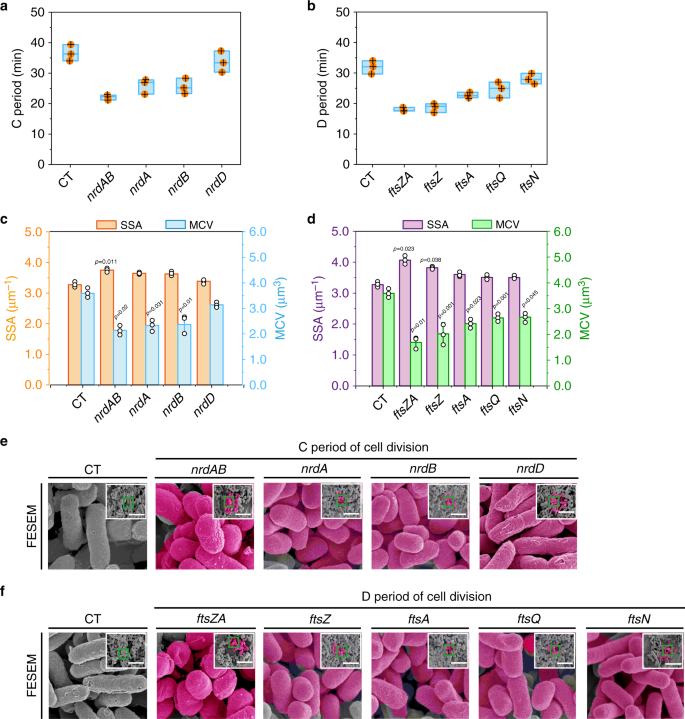


Light Powered Escherichia Coli Cell Division For Chemical Production Nature Communications



Mazef Toxin Antitoxin Proteins Alter Escherichia Coli Cell Morphology And Infrastructure During Persister Formation And Regrowth Microbiology Society
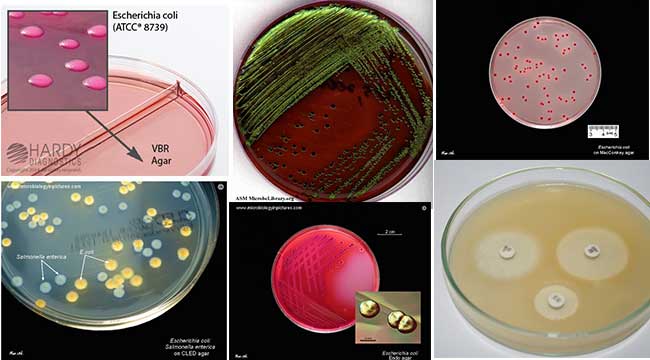


Escherichia Coli E Coli An Overview Microbe Notes



Genome Wide Phenotypic Analysis Of Growth Cell Morphogenesis And Cell Cycle Events In Escherichia Coli Biorxiv


What Does An E Coli Bacteria Look Like Under A Microscope Quora
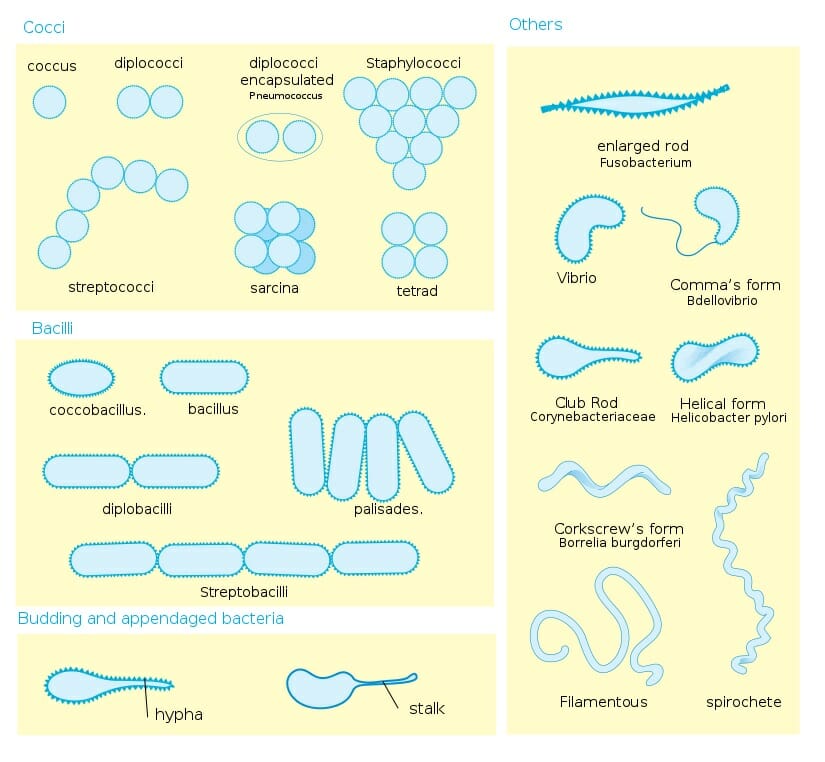


Bacteria Definition Shapes Characteristics Types Examples



Rod Like Bacterial Shape Is Maintained By Feedback Between Cell Curvature And Cytoskeletal Localization Pnas
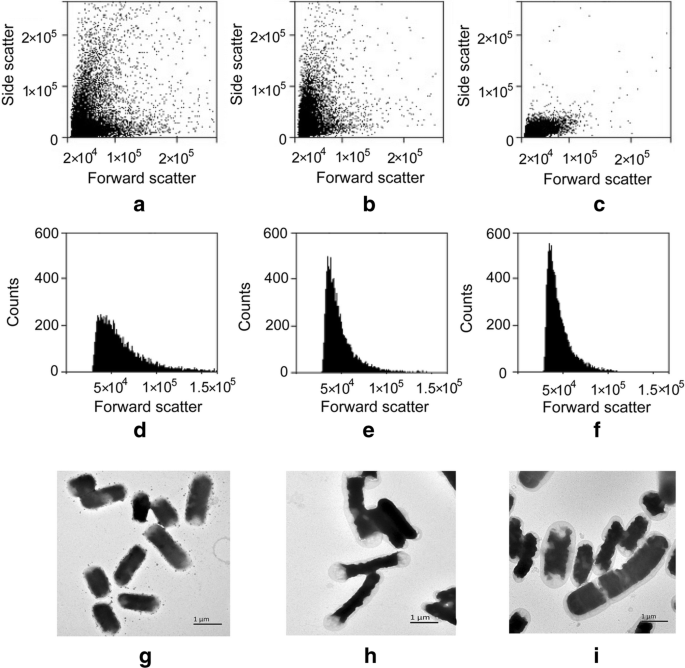


Improving Extracellular Protein Production In Escherichia Coli By Overexpressing D D Carboxypeptidase To Perturb Peptidoglycan Network Synthesis And Structure Springerlink
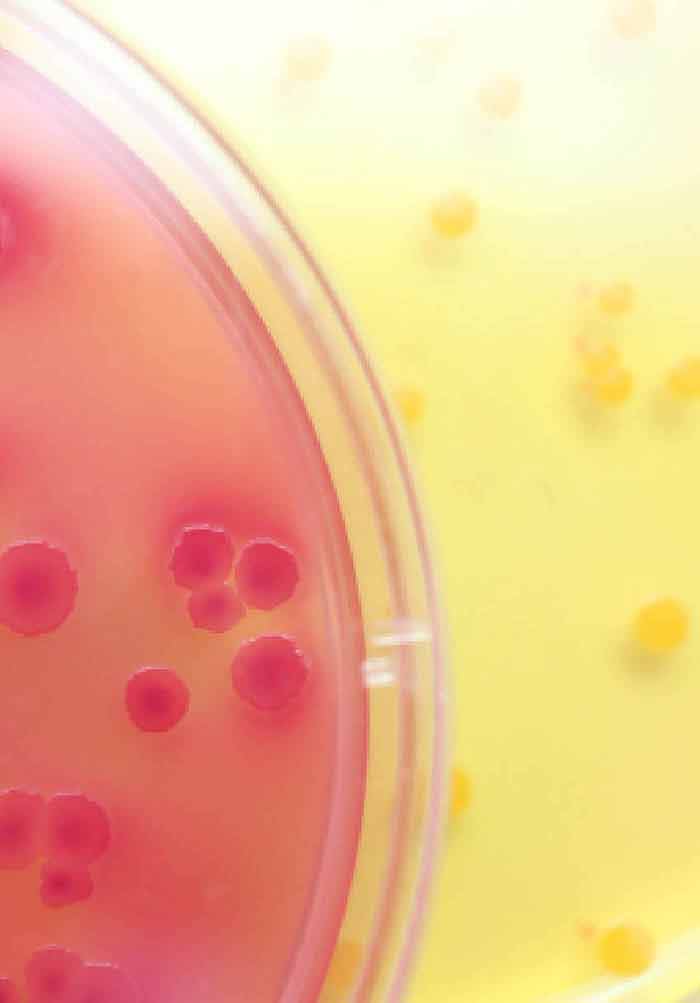


Isolation And Characterization Of Escherichia Coli From Animals Humans And Environment Intechopen



An Improved Binary Vector And Escherichia Coli Strain For Agrobacterium Tumefaciens Mediated Plant Transformation G3 Genes Genomes Genetics



Principles Of Bacterial Cell Size Determination Revealed By Cell Wall Synthesis Perturbations Sciencedirect



E Coli Cell Diagram Page 1 Line 17qq Com



Effects Of Sound Exposure On The Growth And Intracellular Macromolecular Synthesis Of E Coli K 12 Peerj



Sem Morphology Of The E Coli Cells Top Panel And The S Aureus Cells Download Scientific Diagram


Small Things Considered E Coli Cells Face Facs And Get Back Into Shape
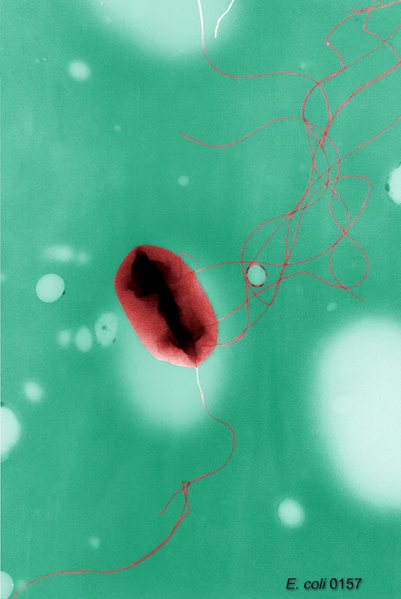


Enteric Bacteria List And Characteristics Medical Library
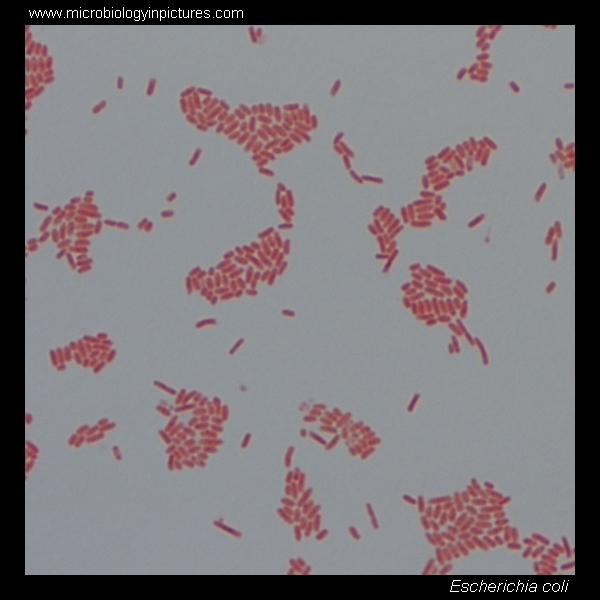


E Coli Gram Stain And Cell Morphology E Coli Micrograph Appearance Under The Microscope E Coli Cell Morphology E Coli Microscopic Picture



Cellular Morphology Of E Coli Dh5a Transformed With Y Pestis Terzab Download Scientific Diagram



Escherichia Coli Wikipedia



Is It Possible For An E Coli Cell To Have Different Morphology During Growth


Q Tbn And9gcrnromkd6ojdipvjbbunntiiociojvtit2bpoe0v2w9ohdxp0lr Usqp Cau



Escherichia Coli E Coli An Overview Microbe Notes
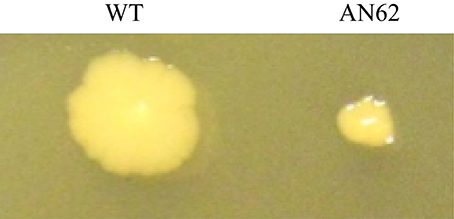


Frontiers Adaptive Laboratory Evolution Of Escherichia Coli K 12 Mg1655 For Growth At High Hydrostatic Pressure Microbiology



Contributions Of Pbp 5 Anddd Carboxypeptidase Penicillin Binding Proteins To Maintenance Of Cell Shape In Escherichia Coli Journal Of Bacteriology



Morphological And Physiological Changes Induced By High Hydrostatic Pressure In Exponential And Stationary Phase Cells Of Escherichia Coli Relationship With Cell Death Applied And Environmental Microbiology



The Morphology And Fine Structure Of Bacteria What Is Cell Morphology And Arrangement Mynote What Is Cell Dna Sequence Biofilm



Escherichia Coli Responds To Environmental Changes Using Enolasic Degradosomes And Stabilized Dicf Srna To Alter Cellular Morphology Pnas



Effect Of The Compound No On Cell Morphology Of E Coli Cells Download Scientific Diagram



Surface Area To Volume Ratio A Natural Variable For Bacterial Morphogenesis Trends In Microbiology



Converting Escherichia Coli Into An Archaebacterium With A Hybrid Heterochiral Membrane Pnas
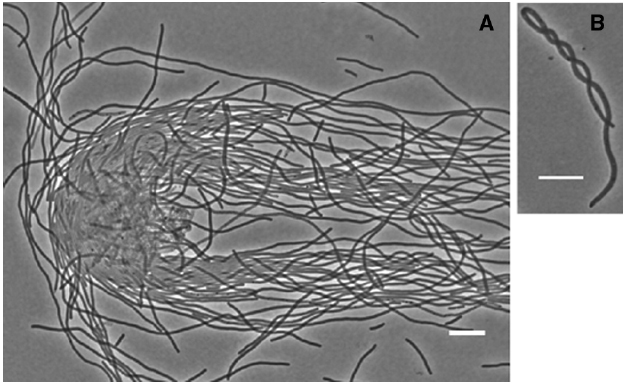


Frontiers How Much Territory Can A Single E Coli Cell Control Microbiology



Interrupting Biosynthesis Of O Antigen Or The Lipopolysaccharide Core Produces Morphological Defects In Escherichia Coli By Sequestering Undecaprenyl Phosphate Journal Of Bacteriology


Plos One The O Antigen Flippase Wzk Can Substitute For Murj In Peptidoglycan Synthesis In Helicobacter Pylori And Escherichia Coli


Colony Characteristics Of E Coli Sciencing



Morphology Of Drne E Coli Cells Complemented By Bsu Rnase J1 Bsu Rnase Y Or Wpi Rnase J



Escherichia Coli Responds To Environmental Changes Using Enolasic Degradosomes And Stabilized Dicf Srna To Alter Cellular Morphology Pnas
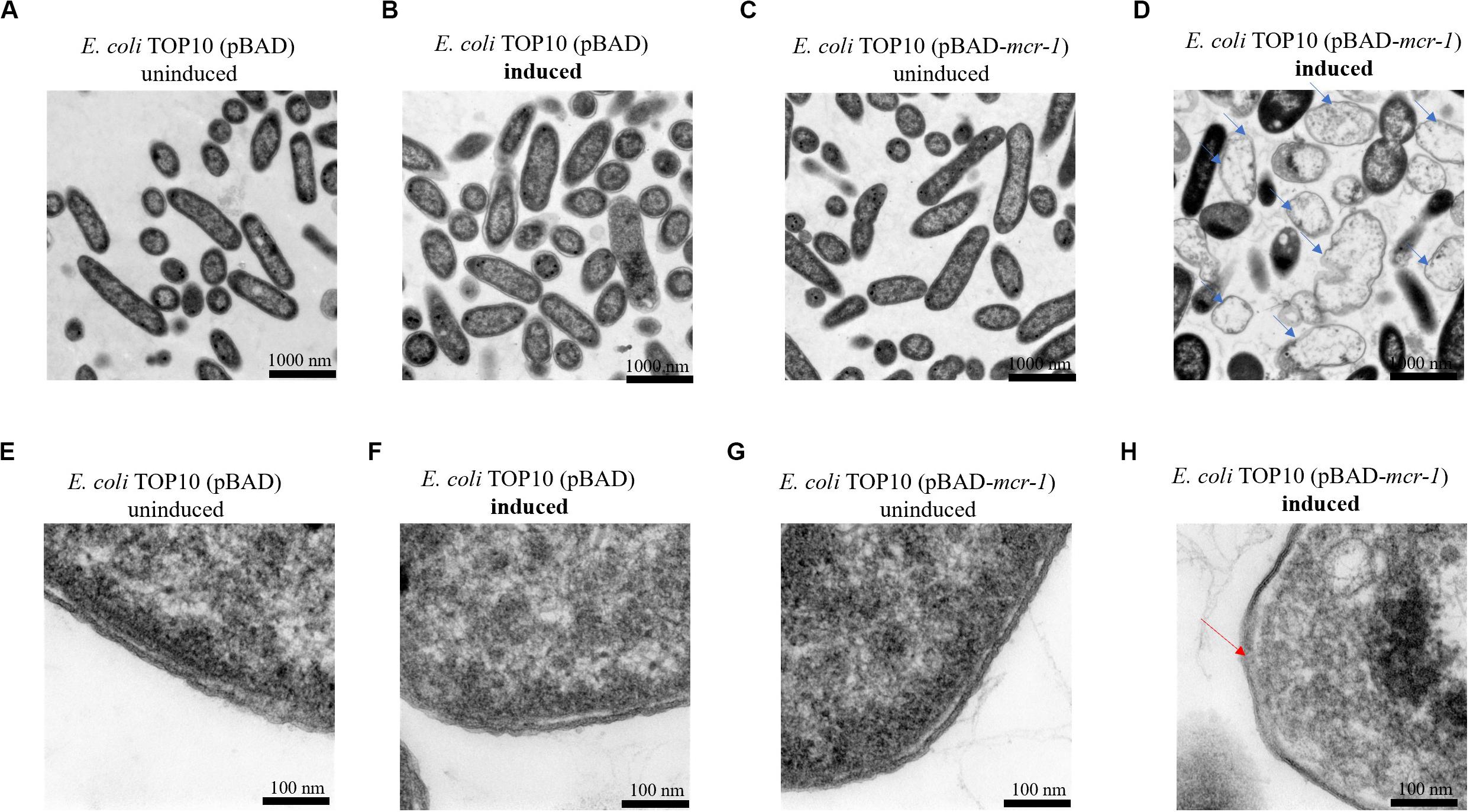


Frontiers Metabolic Perturbations Caused By The Over Expression Of Mcr 1 In Escherichia Coli Microbiology



Impacts Of Hematite Nanoparticle Exposure On Biomechanical Adhesive And Surface Electrical Properties Of Escherichia Coli Cells Abstract Europe Pmc



Plasticity Of Escherichia Coli Cell Wall Metabolism Promotes Fitness And Antibiotic Resistance Across Environmental Conditions Elife



Effect Of Asiatic And Ursolic Acids On Morphology Hydrophobicity And Adhesion Of Upecs To Uroepithelial Cells Springerlink


Www Cell Com Current Biology Pdfextended S0960 92 17 4



Ftsa G50e Mutant Suppresses The Essential Requirement For Ftsk During Bacterial Cell Division In Escherichia Coli
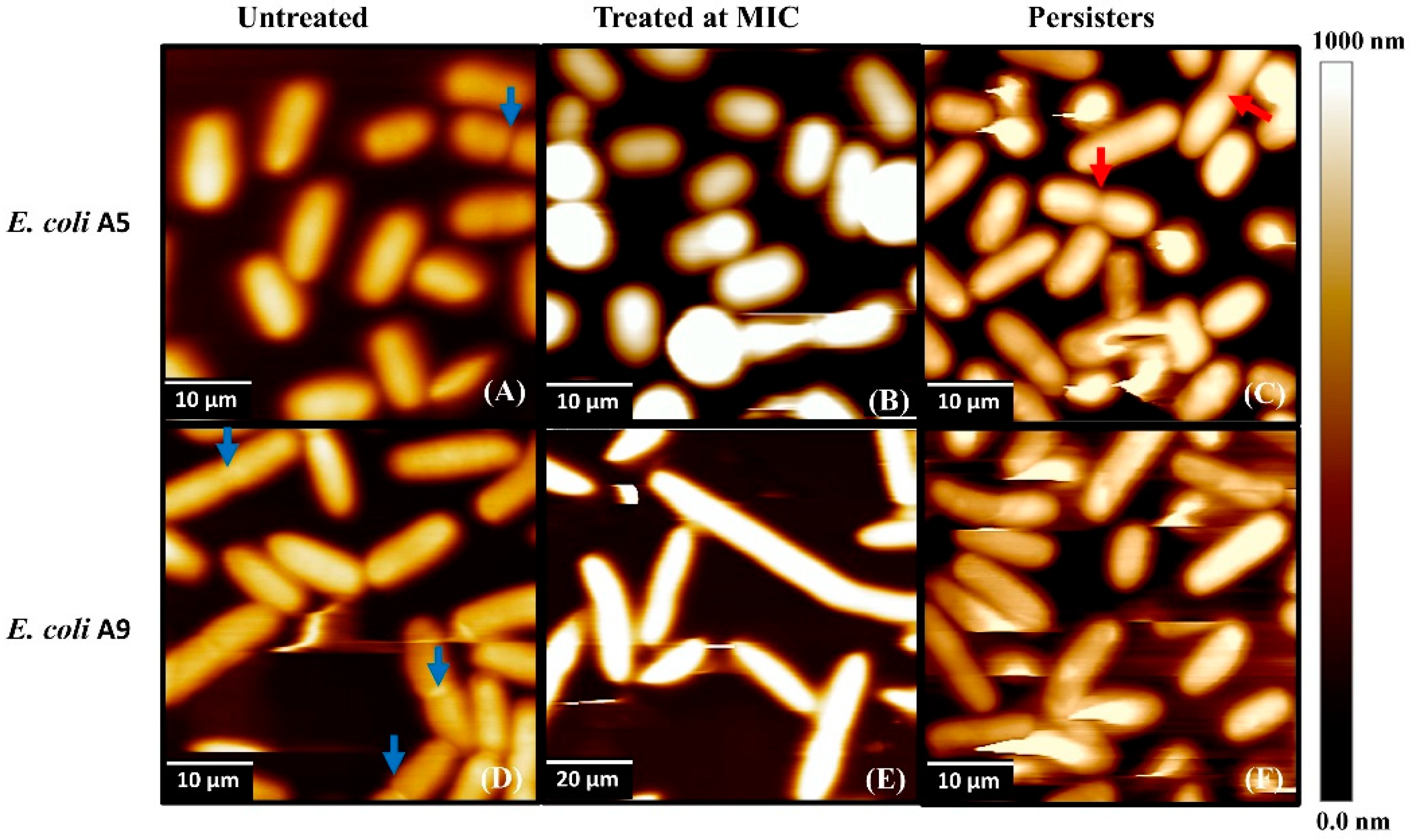


Antibiotics Free Full Text Variations In The Morphology Mechanics And Adhesion Of Persister And Resister E Coli Cells In Response To Ampicillin Afm Study Html



Morphologies Of Recombinant E Coli Cells As Observed By Phase Contrast Download Scientific Diagram
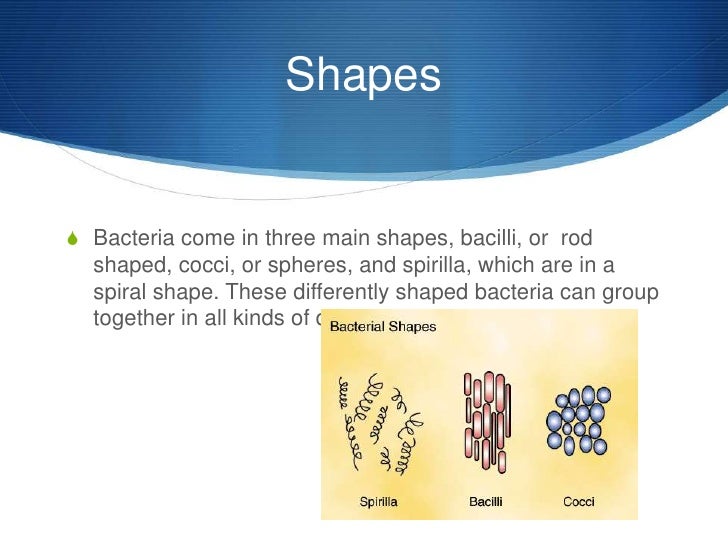


E Coli



Morphology Of Stationary Phase E Coli Cells Strains Mc4100 Rpos A Download Scientific Diagram
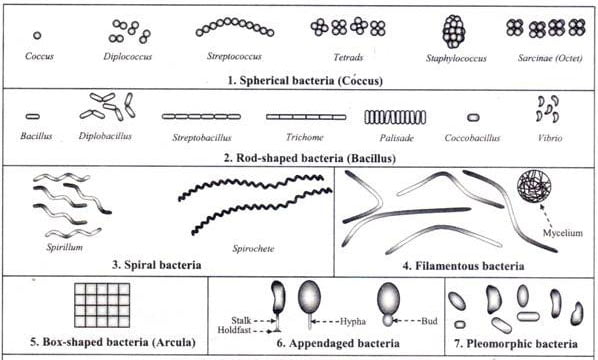


Different Size Shape And Arrangement Of Bacterial Cells


Q Tbn And9gcsaiyw62wcbrvh1nz2sr H2o5hyidohj9bi9jyz223ejd Onqw Usqp Cau
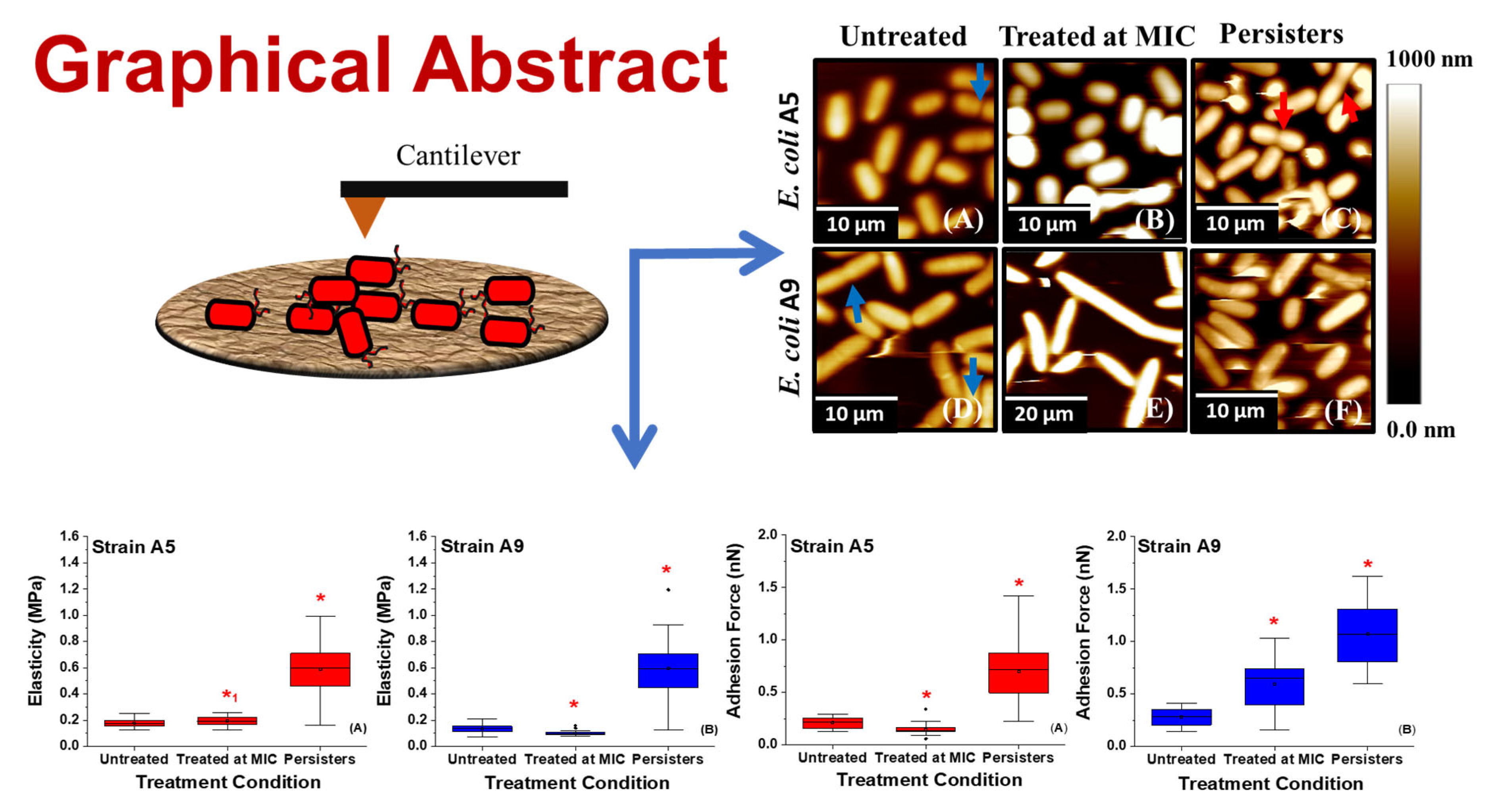


Antibiotics Free Full Text Variations In The Morphology Mechanics And Adhesion Of Persister And Resister E Coli Cells In Response To Ampicillin Afm Study



Recombinant Production Of The Therapeutic Peptide Lunasin Microbial Cell Factories Full Text
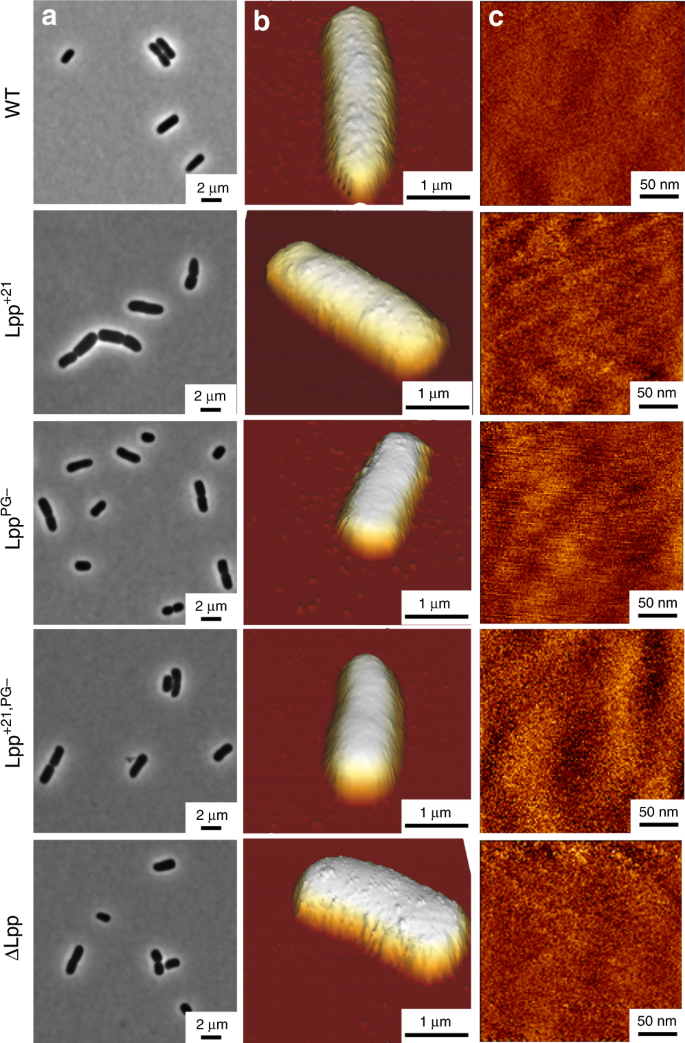


Lipoprotein Lpp Regulates The Mechanical Properties Of The E Coli Cell Envelope Nature Communications



Effect Of Anti Sok Pnas On Cell Morphology Of E Coli Carrying Hok Sok Download Scientific Diagram



Converting Escherichia Coli Into An Archaebacterium With A Hybrid Heterochiral Membrane Pnas



Escherichia Coli Wikipedia



Cellular Morphology Of E Coli Dh5a Transformed With Y Pestis Terzab Or Tercde


コメント
コメントを投稿